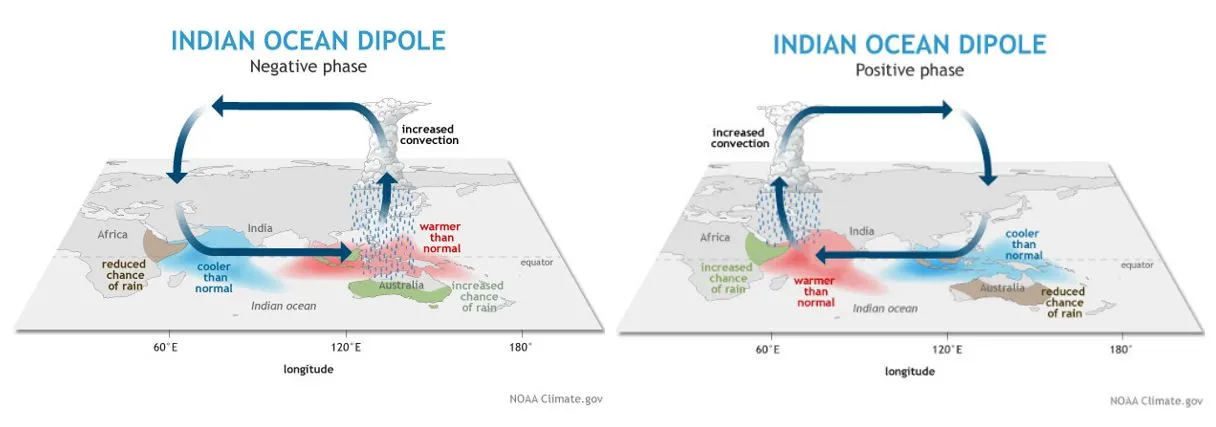

16th November 2024 (9 Topics)
Context
An extreme rise in sea levels driven by the Indian Ocean Dipole have caused some Maldivian islands to lose more than half of their mangrove (a shield against destructive storms across many coastlines) cover since 2020.
About
- Mangroves are tropical trees that thrive in conditions most timber could never tolerate — salty, coastal waters, and the interminable ebb and flow of the tide.
- Mangrove forests only grow at tropical and subtropical latitudes near the equator because they cannot withstand freezing temperatures.
- Significance of Mangroves:
- Mangrove forests stabilize the coastline, reducing erosion from storm surges, currents, waves, and tides.
- They have the ability to store vast amounts of carbon, thus, they are key weapons in the fight against climate change.
- The intricate root system of mangroves also makes these forests attractive to fish and other organisms seeking food and shelter from predators.
- Reason behind declining Mangroves: From 2017 to 2020, sea levels around the Maldives rose at a rate of over 30mm per year – much faster than the mangroves could build up sediment to stay above water. This rapid rise was linked to a climate phenomenon called the Indian Ocean dipole, which was unusually intense between 2019 and 2020.
- The Maldives is the world’s lowest-lying country, with an average elevation of just 1.5m above sea level. This makes it acutely vulnerable to rising sea levels.
Mangroves in India:
Indian Ocean Dipole (IOD)
|


